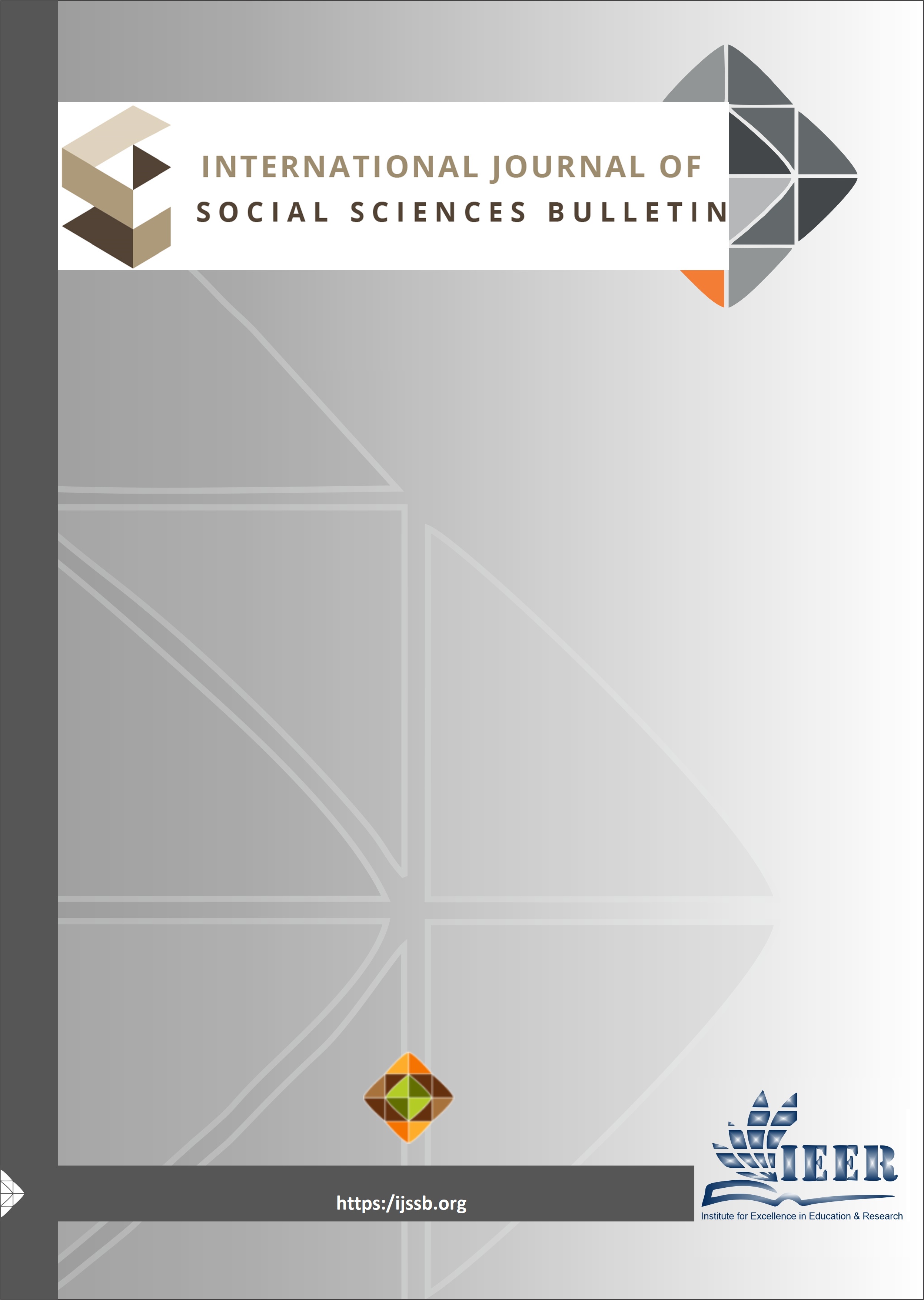A NEWLY DISCOVERED 8TH-CENTURY A.D. MUSLIM PERIOD SITE NEAR GHULAM ALI SHAR, SINDH: ARCHAEOLOGICAL STUDY
Keywords:
Muslim Period, Pottery, Mud Structures, Ash Layers, River IndusAbstract
The newly discovered archaeological site, named after the nearby modern village, is located west of Ghulam Ali Shar at 27.1° west in Taluka Thari Mir Wah, District Khairpur Mirs, on the western bank of the old Indus River bed. Covering an area of 500 × 500 meters on sand dunes, the site features exposed mud structures of walls and rooms, along with a significant surface collection of pottery and a distinct ashy layer. The study employs surface surveys and artifacts documentation to analyse the site's historical significance. Findings suggest that the site dates back to the early Islamic period, specifically the 8th century A.D., and provides key insights into the political, social, and economic conditions of Sindh during this time. The presence of an ashy layer indicates possible destruction events, potentially linked to political conflicts. The study concludes that the site plays a crucial role in understanding the transition of power and socio-economic changes in early Islamic Sindh. Further archaeological investigations, including excavations and interdisciplinary research, are recommended to enhance historical interpretations and ensure the site's preservation.
Downloads
Published
Issue
Section
License

This work is licensed under a Creative Commons Attribution-NonCommercial-NoDerivatives 4.0 International License.

















